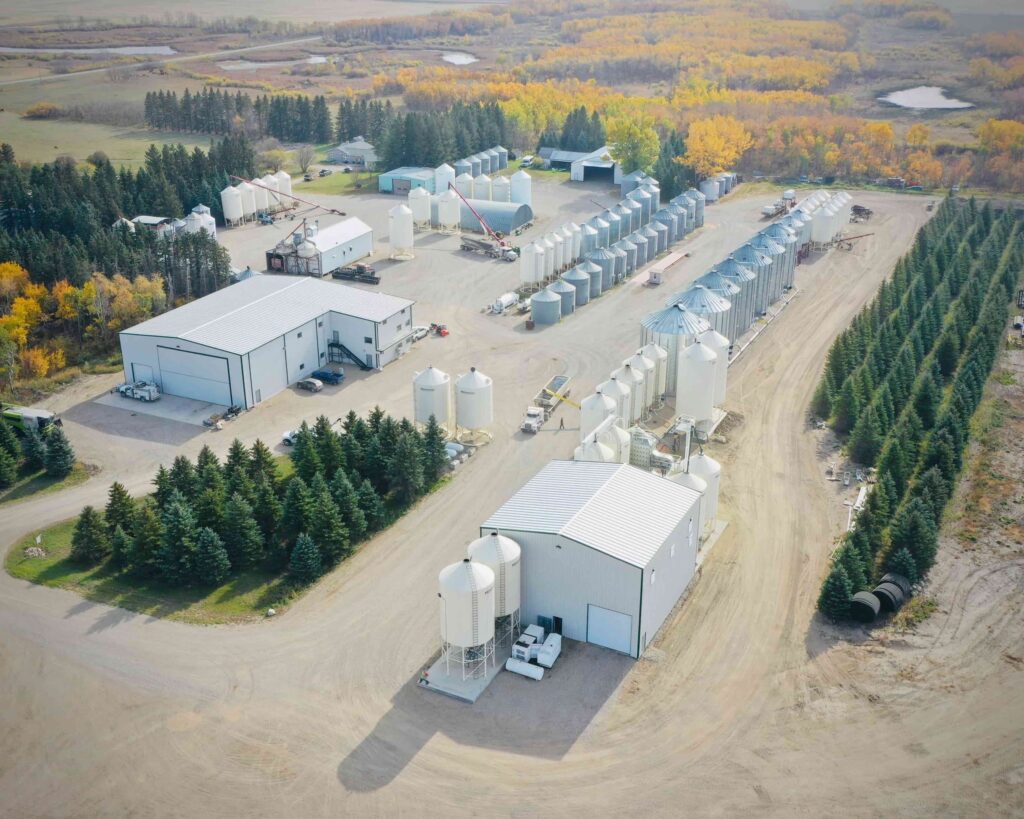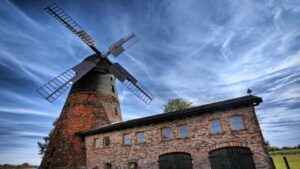My uncle Lyle founded our company 50 years ago; he built a small seed plant early in his career, and it served us well for decades. But times change, and along with them so does technology and market demand.
We worked with Nexeed to start construction of our new facility in the fall of 2020 and had it up and running by mid-February of last year.
In the process, I learned a pretty major lesson about what makes a successful seed processing operation. But first, some history.
Our original seed plant was getting to the point where it was unable to handle certain crops very well, like pulses and hemp. It was beginning to restrict the growth of the company. It just wasn’t designed for that all those years ago, when we had fewer acres and fewer crop types to process.
We realized that we couldn’t accomplish what we needed to by retrofitting. We had to design from the bottom-up: new building, new air screen, vibe tray and Z elevators for conveyance inside the plant to minimize vertical drop of seed, pre-cleaner and gravity table, and finally a colour sorter at the end of the line.
We had the foresight, thanks to the help of partners like Nexeed, to leave room for the installation of some indented cylinders, which are rotating cylinders which have pockets indented with precise diameter, separating short from long seed.
Leaving room to install these was a major boon for us and taught us an important lesson; every piece of equipment in a plant works in synergy to produce a high-quality product.
Last year we had a contract grower grow some oats for us that passed field inspection, but when it came time to process, there was enough barley in there that it became a difficult separation; the sorter could handle it, but it was running at a reduced capacity.
An indented cylinder separates the barley and then the sorter can do the final touch-up instead of forcing all of that work onto a single machine. In other words, making a quality product is about knowing the strengths and possible weaknesses of your equipment, and using that equipment in harmony to create a quality product in a more efficient timeframe. The entire line is only as strong as its weakest link.
Working with equipment providers who understand this is crucial. With the help of Nexeed and other partners we’ve created a seed processing plant unique to the Prairies that my uncle Lyle would, if he were still with us, be amazed by and also extremely proud of.








